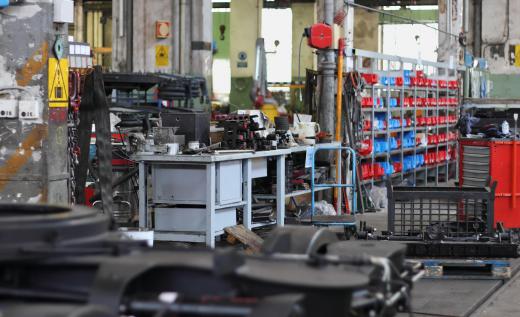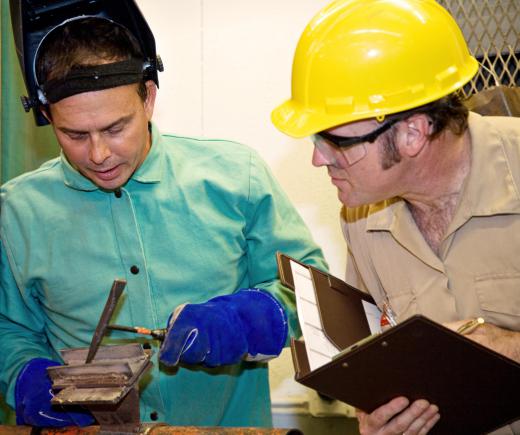Condition monitoring is the ongoing observation and inspection of equipment and machinery. This process is a part of preventative or predictive maintenance, and is used to identify problems with a machine before it can break down. While condition monitoring in itself does not involve actual repairs, it does help to alert firms of the need to schedule repairs or maintenance work. This process can be applied to virtually any type of equipment, from boilers and heat exchangers to rotating equipment and other machinery found in an industrial setting.
Visual inspection is the most cost-effective and widely used type of condition monitoring. This type of monitoring is often performed by the equipment operators themselves, who are typically the most familiar with these machines. During a visual inspection, operators look for signs of a potential problem, including things like leaks, cracks, rust, or corrosion. The inspector may also check for loose bolts or bearings, as well as misalignment or other issues that could lead to equipment failure. Visual condition monitoring may also include checking filters or simply inspecting the machine for debris that could clog the inner mechanisms.

In addition to visual inspections, companies can also benefit from more advanced forms of condition monitoring. One example is thermography, in which inspectors use special infrared scanners to spot internal problems within a piece of equipment. This type of monitoring may also involve things like oil analysis, which can alert operators to issues like wear or contamination. The most advanced systems rely on special sensors to provide constant feedback about the equipment. These sensors send information to a computer, where maintenance personnel can analyze current conditions and keep an eye out for anomalies or failures.

The condition monitoring process offers numerous benefits to companies. Regular monitoring and predictive maintenance can reduce the risk of machine failure, which helps to minimize downtime and cut repair costs over time. Equipment that is under observation and properly maintained is also less likely to contribute to accidents, which not only helps to keep insurance costs low, but also protects workers from injury. This process often helps businesses create more accurate budgets by providing accurate information about the current condition of major equipment and machinery.
While condition monitoring can be used in almost any type of setting, it is perhaps best suited to factories and industrial facilities. This process also is a powerful technology in power plants, where large-scale equipment often requires substantial maintenance and care. Even businesses and commercial organizations may utilize condition monitoring techniques to maintain boilers, furnaces and cooling equipment.
